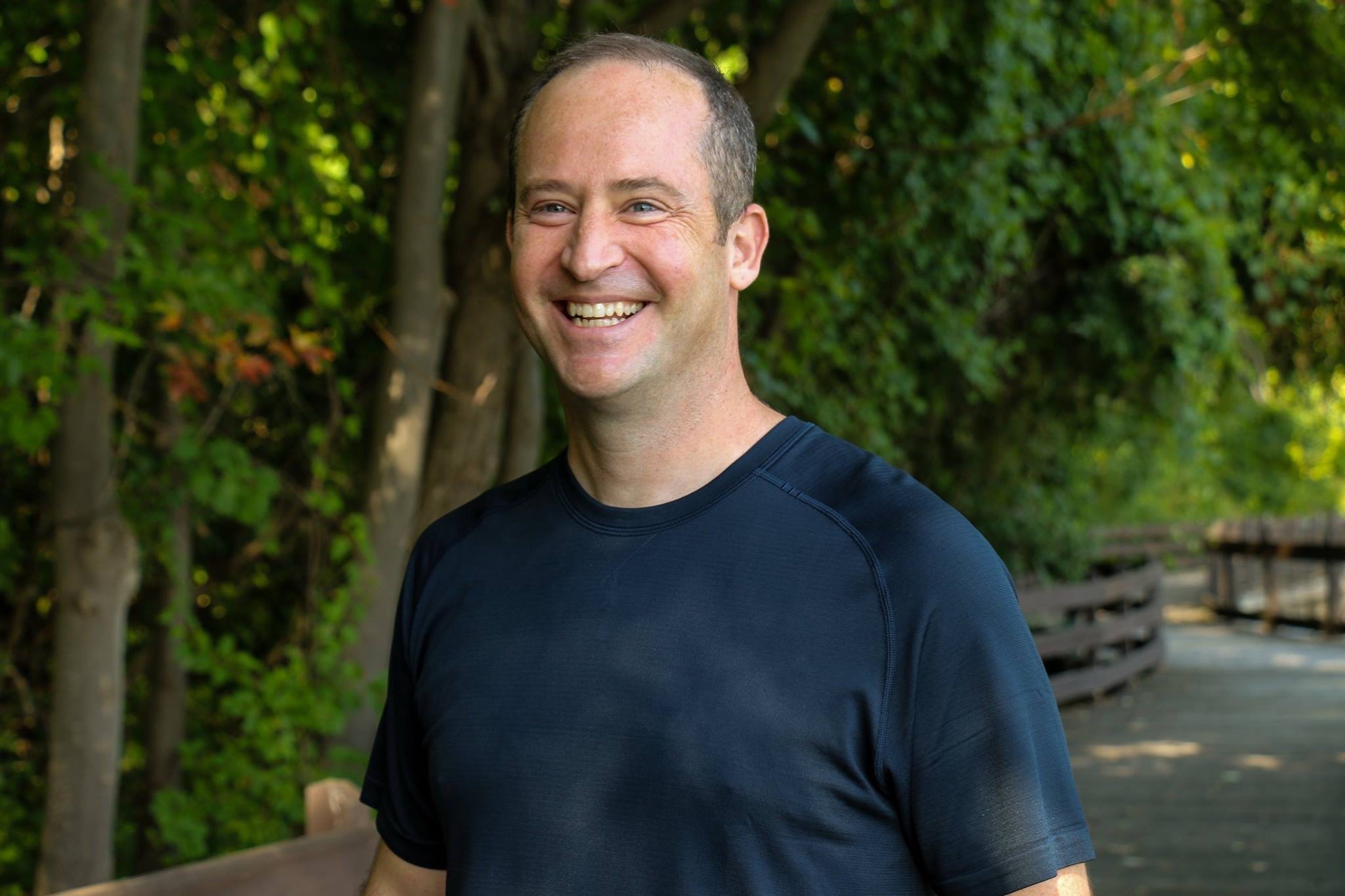Consumer Involvement

Matt Bolger’s family’s battle with tuberous sclerosis complex (TSC) began in 2000 when his daughter, Rachel, was diagnosed. When Rachel was 6 months old, she developed infantile spasms. They immediately started treating her with ACTH - the only approved medication at the time. Matt remembers, “Injecting your infant several times a day is not easy for anyone, especially when the injections did nothing to slow down her spasms”. As a result, Rachel’s neurologist began to work on getting them set up with a medication from Canada (Vigabatrin). Because it was not approved by the Food and Drug Administration at the time, the process to get it was a bit more complicated than going to the local pharmacy. The first month’s dose arrived in a plain brown box on the front steps one day. It was a gift from a fellow TSC family who wanted to help and it stopped her spasms after 1 day. Her other seizures, however, continued.
While Rachel was preparing to go to kindergarten at the age of 5, her cognitive development had essentially stopped due to her epilepsy. When they are lucky, an antiepileptic will work for a brief time and Rachel can be seizure free, sometimes for up to a month. When that happens they can see her starting to “catch up.” She becomes more aware, retains more information, and can hold conversations. However, before long her TSC takes over, her epilepsy comes back, and, cognitively, she slides backwards. Today, at 19, Rachel must have someone within 10 feet of her at all times to prevent falls because her atonic seizures knock her out with no warning. She suffers from intractable epilepsy as well as growths on her brain, skin, kidney, liver, and spleen from TSC.
Matt learned about the Tuberous Sclerosis Research Program (TSCRP) through his involvement with the Tuberous Sclerosis Alliance, where he serves as a director in addition to his position on the Michigan Developmental Disabilities Council. In Matt’s own words, “The research that has been supported by the TSCRP has resulted in significant gains into the understanding and treatment of TSC, and the research and treatment advances would not have been possible without this support. Participating in the TSCRP has been an extremely rewarding experience. The staff of the TSCRP and fellow peer reviewers were not only welcoming, they made sure that I was a valued, active participant. When there were times that the science was above my understanding, peer reviewers who had expertise in those areas were able to help me understand without making me feel inadequate. Everyone was present for a unified goal, ensuring all proposals were examined to identify those with the largest likelihood of success and impact. I am often impressed with the dedication and energy of those in the scientific community to find a cure for TSC while improving the lives of those affected. I have monitored research in this field for almost two decades now. There have been great leaps in the research and treatment options due to the work that we look to advance through the TSCRP. I am confident, when looking at what has been accomplished in this short time that we can, and will, have a significant, positive impact on those who struggle with the effects of TSC every day. My goal is that someday, no individual affected by TSC will have to endure weeks of hospital stays, numerous surgeries, and fistfulls of medication to keep the effects at bay. I firmly believe that it is through the work of those in the TSCRP, and everyone out there dedicating a portion of their lives to tackling this devastating condition, that we can accomplish this goal.”
Last updated Monday, March 10, 2025














